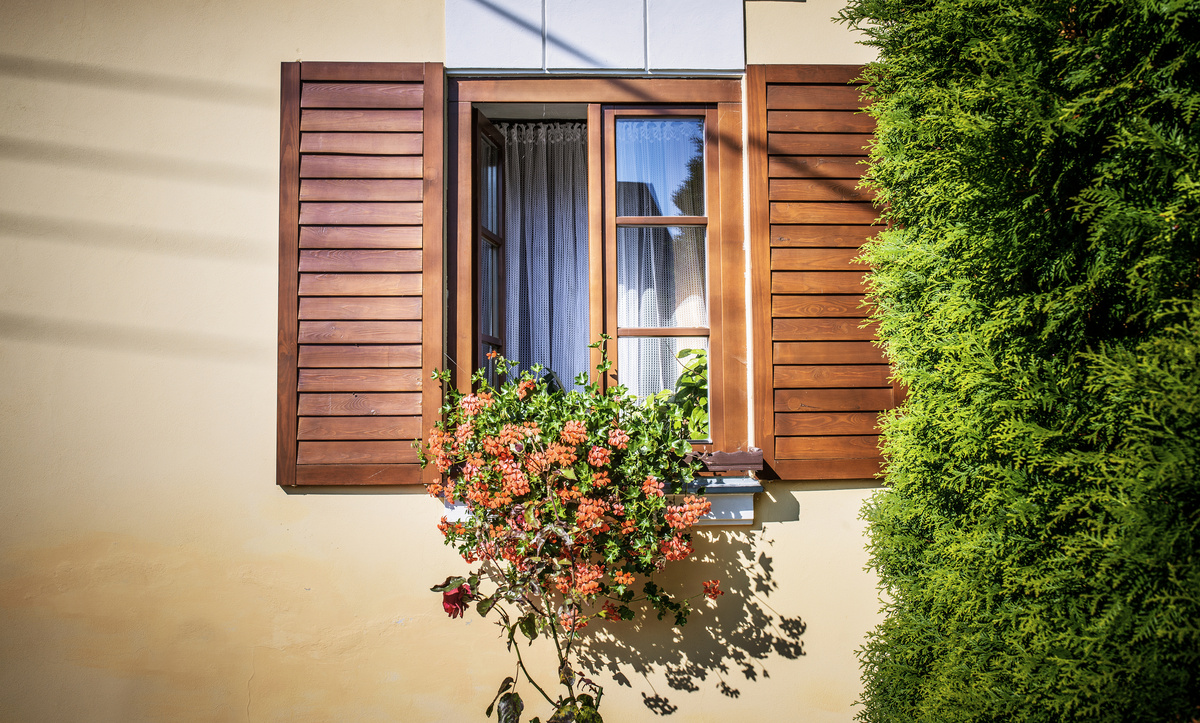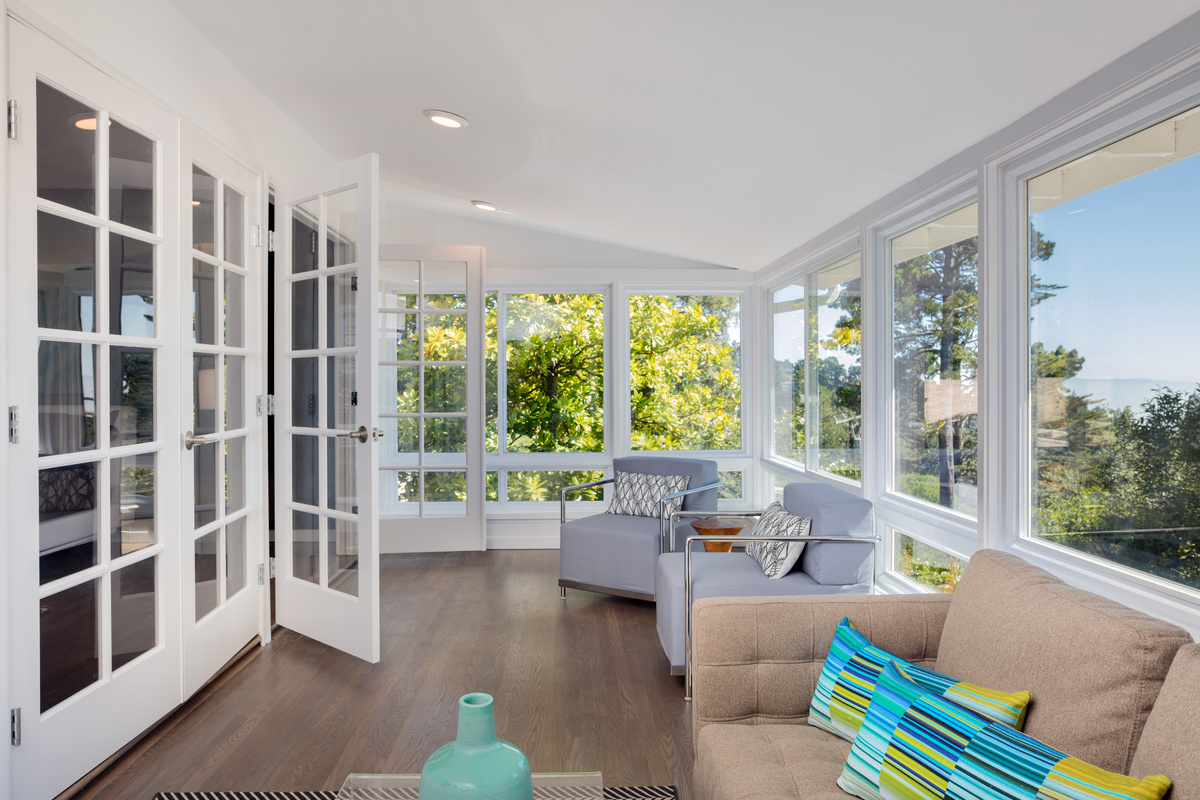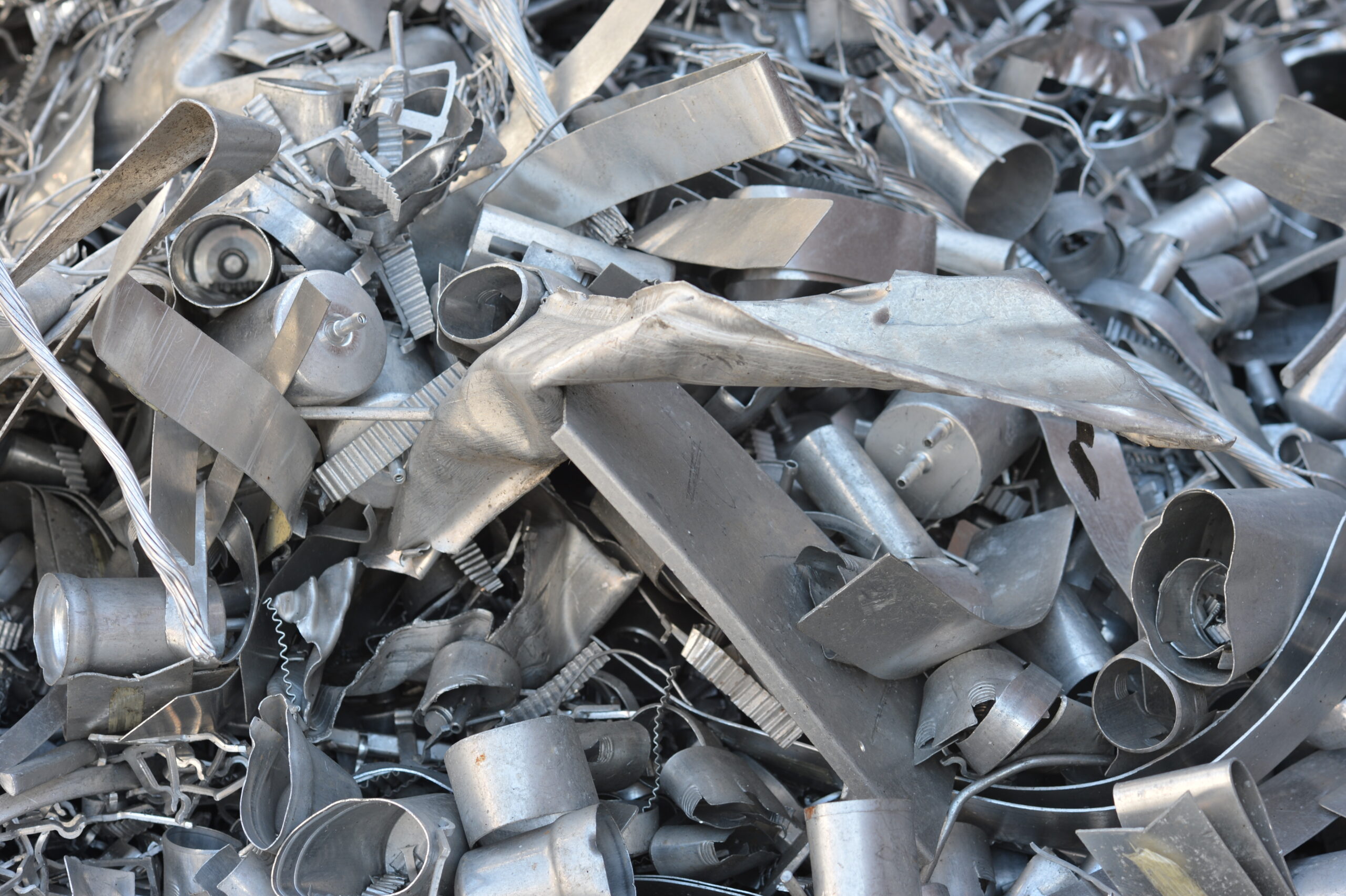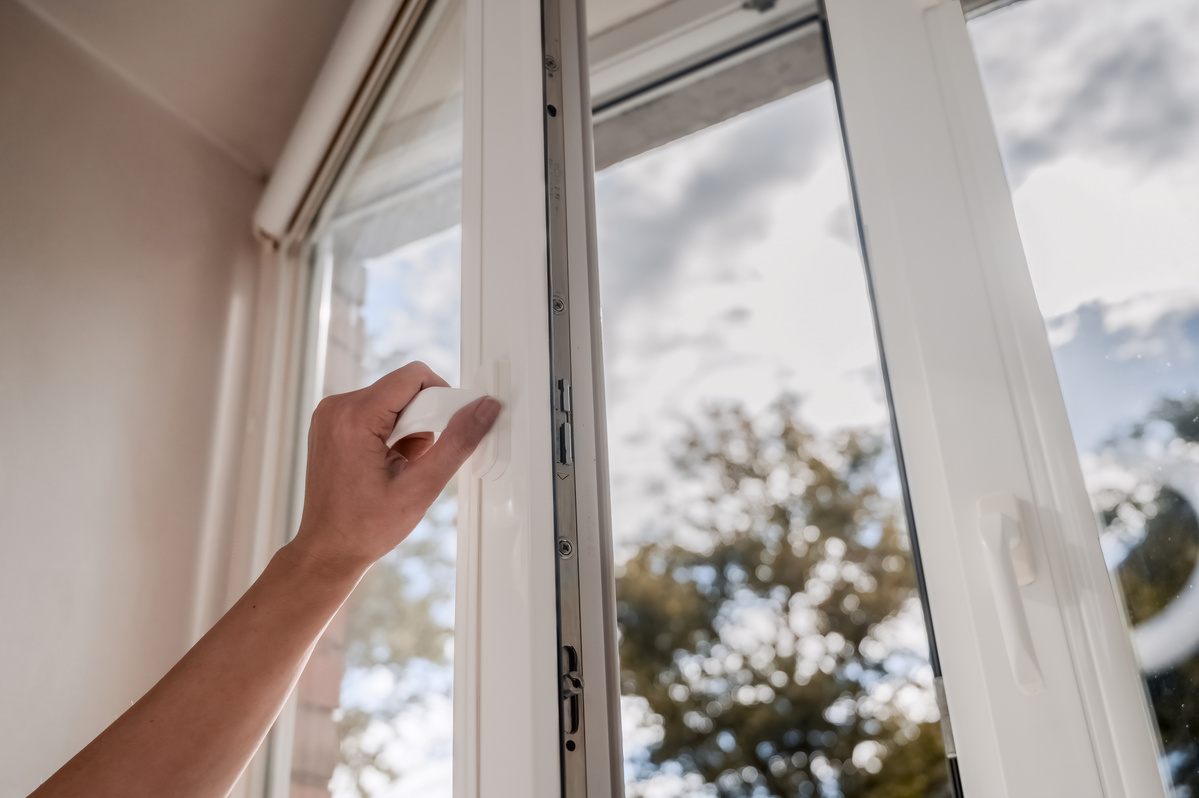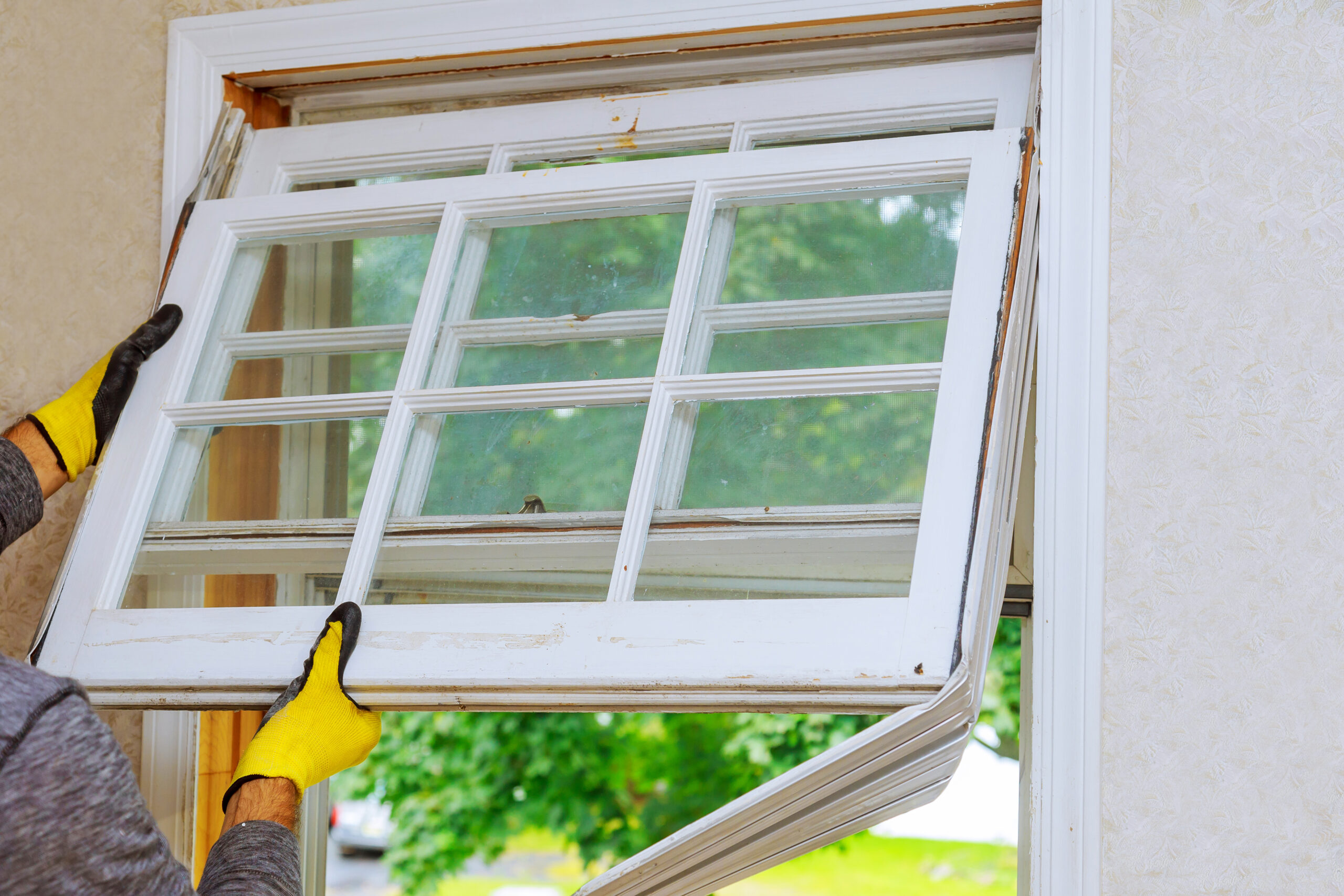What comes next in this article?
- How long do wooden windows last?
- Common Causes of Wooden Window Damage
- Reasons to replace your wooden windows
- When to replace wooden windows
Wooden windows have been used for centuries because of their durability, energy efficiency, and aesthetic appeal. However, replacing your wooden windows is a crucial decision that every homeowner will face at some point. Over time, they may become damaged, and this can cause problems such as drafts, leaks, and reduced energy efficiency. In this blog post, we will discuss the common causes of wooden window damage, the signs of old age or damage, and when it’s time to replace them.
How long do wooden windows last?
The lifespan of wooden windows can vary depending on the type of wood used, the climate they are exposed to, and the level of maintenance they receive. Typically, wooden windows can last anywhere from 20 to 30 years with proper maintenance.
Common Causes of Wooden Window Damage
One of the most common causes of wooden window damage is moisture. When exposed to rain or snow, wooden windows can become waterlogged, leading to rot and decay. Additionally, insects and rodents can bore into the wood, causing further damage.
Physical forces and weather events can also cause damage to your wooden windows. Wind, hail, and flying debris can crack or break the glass, leaving your windows vulnerable to the elements. In addition, extreme temperatures, such as heat waves or cold snaps, can cause the wood to expand or contract, leading to warping or cracking
Several other factors can contribute to wooden window damage, including:
- Lack of maintenance or painting
- Physical damage caused by people or objects
- Obvious signs of damage or old age
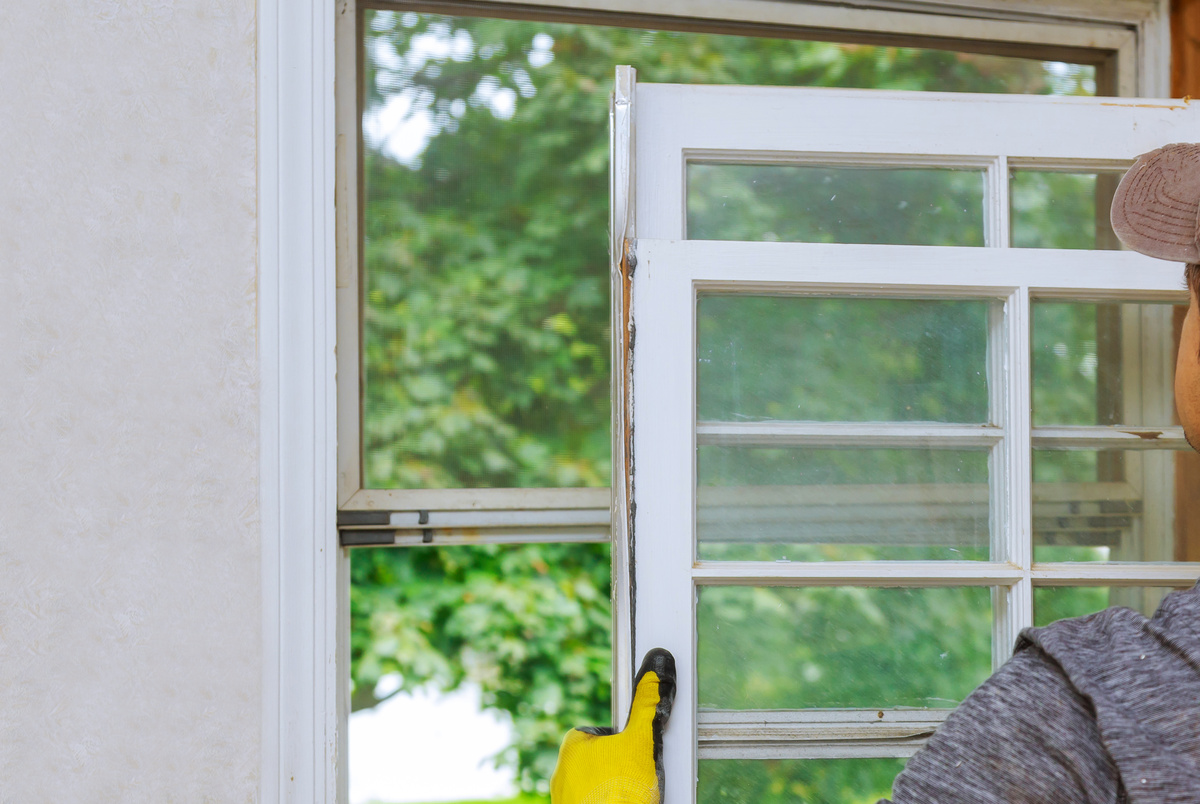
Several reasons can lead to the replacement of your wooden windows, including:
1. Improved energy efficiency
Wooden windows, especially older ones, may not provide adequate insulation, leading to energy loss and increased heating bills. Newer windows with double or triple glazing and improved sealing can provide better insulation, reducing energy costs.
2. Aesthetics
Over time, wooden windows may become dull or damaged, reducing their visual appeal. Replacing them with newer, better-looking models can enhance the appearance of your home.
3. Increased functionality
Old wooden windows may be challenging to open and close or may not provide adequate ventilation. Replacing them with newer models with improved functionality can provide better comfort and convenience.
4. Improved security
Old wooden windows may have weak locks, making them easy targets for burglars. Replacing them with newer models with improved locking mechanisms can enhance the security of your home.
When to replace wooden windows
Knowing when to replace wooden windows is crucial to prevent further damage and maintain the safety and comfort of your home. The following signs are clear indicators that your wooden windows are reaching the end of their lifespan or have become damaged:
- Visible damage or rotting: If you notice warping or rotting wood, it’s time to replace your windows to prevent further damage.
- Drafts or air leaks: If you notice drafts or air leaks around your windows, it’s time to replace them to improve insulation and energy efficiency.
- Difficulty opening or closing: If you find it challenging to open or close your windows, it may be time to replace them to improve functionality.
- High energy bills: If you notice an increase in energy bills, it may be due to poor insulation provided by your windows. Replacing them with newer, more efficient models can help to reduce energy costs.
In conclusion, wooden windows are a beautiful and durable addition to any home. However, they are not immune to damage and may need to be replaced over time. By understanding the common causes of damage and the signs that indicate it’s time for replacement, you can make an informed decision about when to upgrade your windows.

